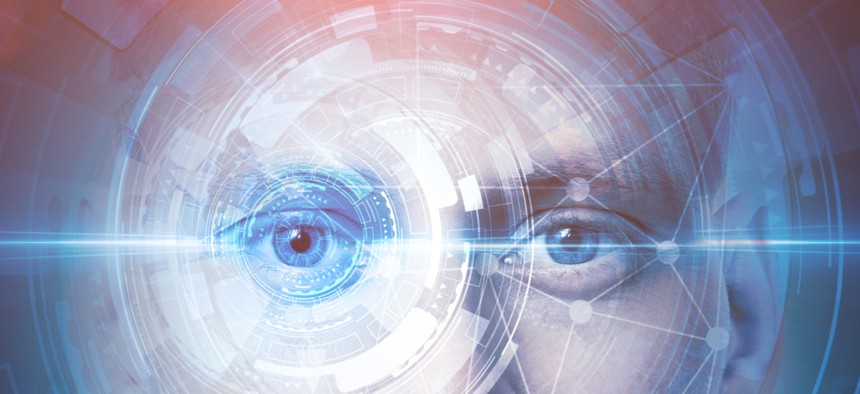Clearing the Air Around Facial Recognition in Travel

Carlos Amarillo/Shutterstock.com
Myths and truths regarding facial recognition.
By now it’s impossible to ignore the way that biometrics are cropping up in airports across the country. The Homeland Security Department’s Customs and Border Protection agency is enabling the use of facial recognition, which in turn is encouraging all manner of innovative pilots with several major airlines and airports for scenarios ranging from bag check to boarding. At a baseline, biometrics hold significant promise to enhance security, speed up and smooth out friction in the air travel experience.
However, valid—and expected—questions and concerns have been expressed by consumer privacy advocate groups, a portion of the media and a minority of travelers. In fact, 60 percent of respondents to the “Biometrics Institute Industry Trend Tracker 2018” global survey feel that privacy and data protection concerns are restraining the biometrics market. We avidly support healthy public discourse about facial recognition’s viability as well as infosec or privacy implications, here or in any appropriate forum. Having said that, a jaw-dropping amount of misinformation and subjective conclusions have been disseminated. Let’s take a step back, stick to the facts and dispel some common myths or misconceptions around facial recognition and the way it will work in travel.
Myth: Airlines will keep passengers’ identities and facial data on file.
In this age of increasingly frequent data breaches, airlines don’t want to store any more personally identifiable information than they absolutely have to, lest they incur additional IT burden, expenses and liability. Facial images for CBP’s program are collected from foreign nationals upon stateside arrival as part of their admittance. Those same images are then used to compare to live faces as they depart the country. U.S. nationals are not included in the scope of this program, hence their data will not be collected or stored.
Myth: Facial recognition is aimed at replacing all current security measures.
Secure documents—digital passports, traditional IDs and even those stored on mobile devices—will still be heavily involved in the traveler verification process. Longstanding airport security like Transportation Security Administration agents manually inspecting physical identity and travel documents will remain in place for a long time to come (though TSA has laid out a roadmap for starting to use facial recognition too). What will likely be phased out are boarding passes, but those had little security value or true verification mechanisms behind them anyway—they’re mostly symbolic tokens for logistics.
Myth: Facial recognition is the precursor to a Big Brother scenario inside airports and beyond.
Guardrails are in place to deter government oversteps. For example, U.S. citizens can opt out of any program incorporating facial recognition for boarding. As long as CBP’s and TSA’s methods, policies and purposes are transparently and effectively communicated, there shouldn’t be an issue with citizens’ conflicting privacy preferences.
There’s also a distinct difference between surveillance—constantly scanning a crowd for identification—and the use cases for verification currently being proposed and piloted. In the latter, it’s a 1:1:1 closed loop match in that the live face presented need only match the digital face image on the passport and the reference image associated with the flight manifest. No data is stored away, no additional data is gathered, no further matching is executed and nothing leaves the transaction.
Myth: The technology isn’t currently reliable enough to be trusted.
We’ve seen the dramatic headlines where flawed tests based on poor input data proclaim that facial recognition is biased or otherwise unready for primetime. No, the technology isn’t ready for “lights out” scenarios, which is precisely why we have a human expert constantly backing it up for now. But facial recognition in its current state also isn’t subject to nearly the same conscious or unconscious biases that inherently skew human judgment. In that way, it’s already a step up.
Couple that with the fact that facial recognition has been fine-tuned in more controlled scenarios and put through rigorous real-world field tests. Even better, recent and coming developments in AI and machine learning will only advance facial recognition’s capabilities and increase levels of accuracy.
If facial recognition and its potential benefits for air travel are going to get a fair shake, we must work from a verifiable, consistent set of facts. People should be free to consider, debate, discuss and form an opinion, but I hope we’ve laid a much-needed factual foundation for that discourse here.
Neville Pattinson is a senior vice president of federal government programs for Gemalto.






